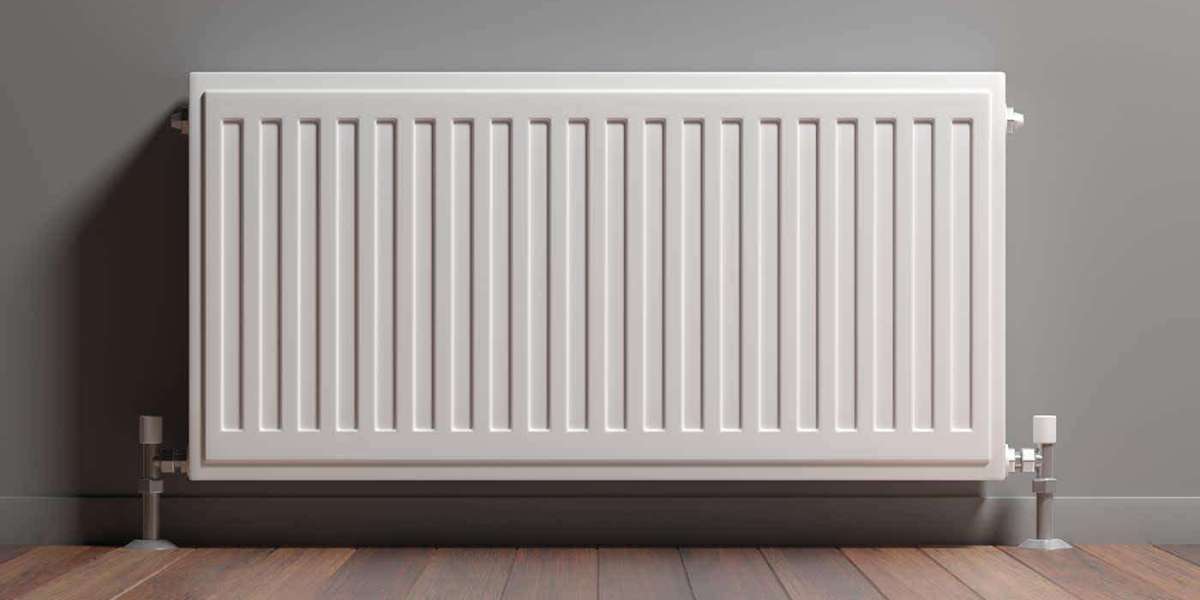Radiators are a cornerstone of many heating systems, playing a crucial role in maintaining comfortable indoor temperatures. Whether found in homes, offices, or industrial buildings, radiators have evolved significantly over the years, blending functionality with design to meet modern needs. In this article, we’ll dive into what radiators are, how they work, the different types available, and tips for choosing the right one for your space.
What is a Radiator?
A radiator is a heat exchange device that transfers thermal energy from one medium to another for the purpose of heating. In most cases, radiators are part of a central heating system where hot water or steam circulates through a network of pipes, delivering heat to different rooms via radiators. As the hot fluid flows through the radiator, it emits heat into the room, either through convection (air movement) or radiation (direct heat).
How Do Radiators Work?
Radiators typically operate using water heated by a boiler. The hot water travels through pipes into the radiator, where it releases its heat to the surrounding air. Once the water cools, it returns to the boiler to be reheated, creating a continuous loop. Some systems use steam instead of hot water, especially in older buildings.
Modern innovations have also introduced electric radiators, which use electrical heating elements instead of relying on hot water or steam.
Types of Radiators
There are several types of radiators to suit different needs and aesthetic preferences:
1. Panel Radiators
These are the most common radiators found in homes. They are flat, compact, and highly efficient, often mounted to walls.
2. Column Radiators
These have a more traditional, vintage look with vertical tubes arranged in rows. They are ideal for rooms needing both style and substantial heat output.
3. Towel Radiators
Commonly used in bathrooms, towel radiators warm towels while also heating the space.
4. Electric Radiators
Independent from central heating systems, electric radiators plug into the mains and are perfect for spaces where extending plumbing isn’t practical.
5. Designer Radiators
Combining art and function, designer radiators come in various shapes, sizes, and colors, serving as both a heating source and a decorative feature.
Choosing the Right Radiator
When selecting a radiator, consider the following:
Room Size: Larger rooms require radiators with a higher heat output (measured in BTUs or Watts).
Placement: Install radiators on the coldest wall (usually external walls) to maximize efficiency.
Style: Match the radiator's design with your interior decor.
Energy Efficiency: Look for models with modern energy-saving technologies.
Material: Radiators are made from different materials like steel, aluminum, and cast iron, each offering different heat retention and aesthetic benefits.
Caring for Your Radiator
Proper maintenance can extend a radiator’s lifespan and ensure it runs efficiently:
Bleed radiators annually to remove trapped air and improve performance.
Check for leaks or corrosion regularly.
Flush the system every few years to clear out sludge and debris.
Conclusion
Radiators are more than just heating appliances; they are integral parts of a building's comfort and style. With various types and designs available, there’s a radiator to fit every need and taste. By understanding how radiators work and how to choose the right one, you can enjoy a warmer, more energy-efficient space throughout the colder months.








